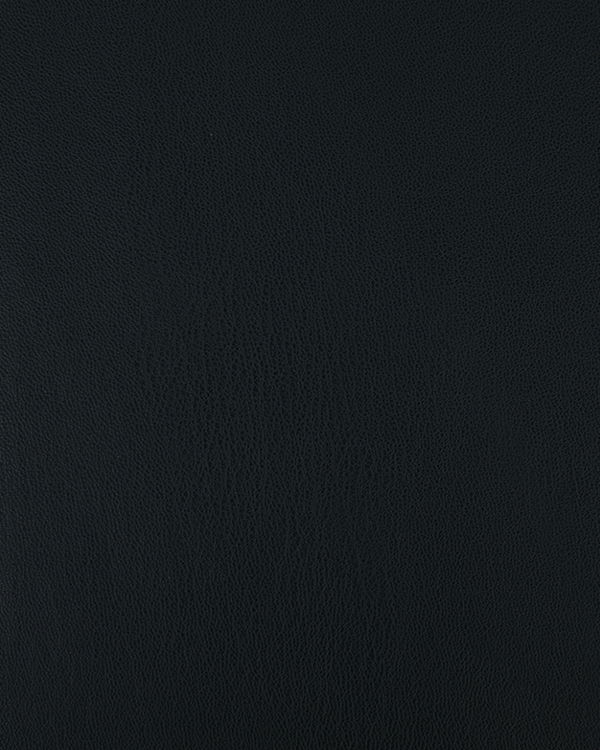Choosing Garment Leather Fabrics
The properties of garment leather include tensile strength, fastness, and drapability. Of these, drape is the most important, as it contributes to wear comfort. Drape is a characteristic that distinguishes leather from textiles and cloth. It is the ability of leather to fall and contour to the wearer's body shape and contours. In order to achieve this, leather must be soft and flexible without being too stiff.
Choosing the right type of leather is crucial when it comes to selecting the fabric for a garment. There are many types of leather available, and each one has its own unique characteristics. For example, there are bonded leather and nubuck leather. Bonded leather is made from leather fibres and a polyurethane binder. This material is typically used in lower-end garments.
There are also a variety of different leather types and weights to choose from. Lightweight full grain cowhide leathers, for example, can be as thin as one or two ounces. They can be used for jackets, western wear, and ladies fashion. They can also be used in upholstery projects.
Choosing the right leather for a garment can make a big difference in comfort and aesthetics. When selecting a leather fabric, keep in mind that there are different grades of leather, which can vary in cost, appearance, and durability. The quality of a leather fabric will depend on its composition.
Imitation cotton velvet artificial leather
1. 100% artificial leather on the face feels soft and fits the skin.
2. The texture is the softest, resistant to folding, and has a certain degree of moisture absorption.
3. Close to the leather effect, simulation.
4. Environmental protection, 100% recycled polyester fabric at the bottom.
5. The color fastness is higher than or equal to level 4.
6. Long-term stable export of global products.

 English
English Español
Español





















